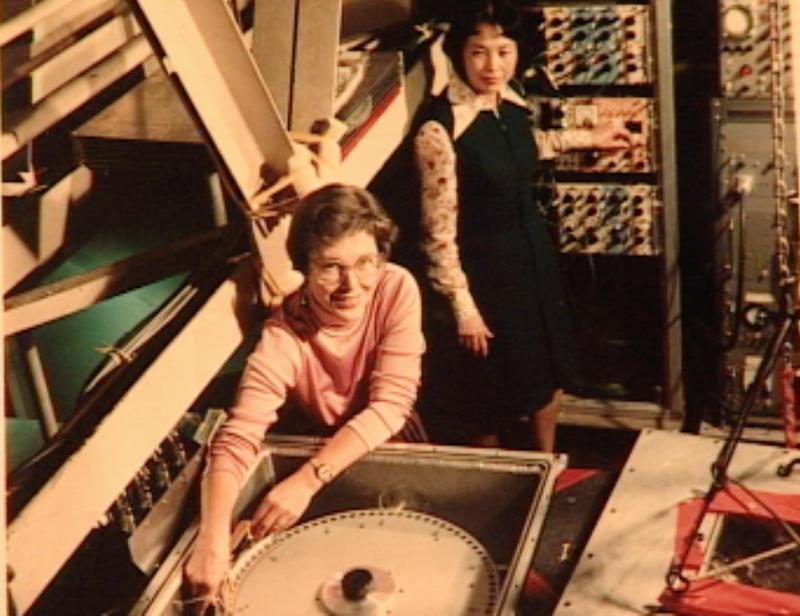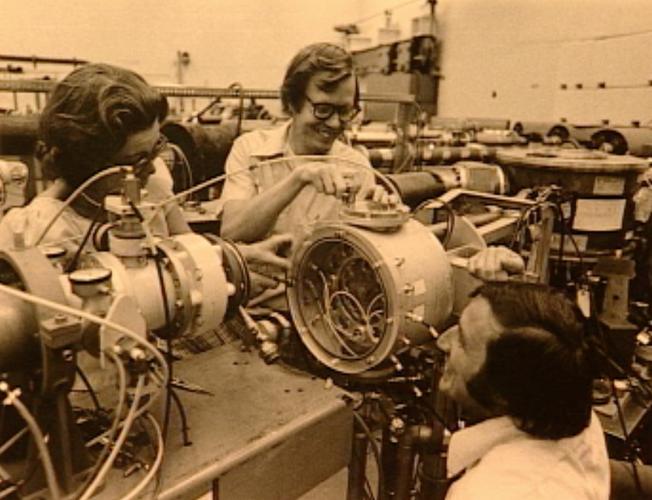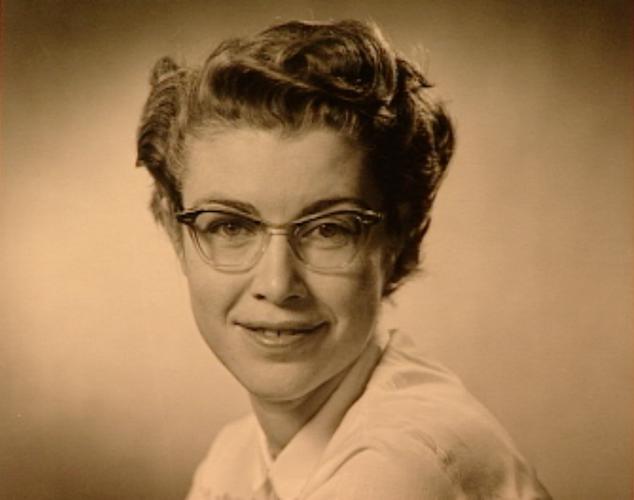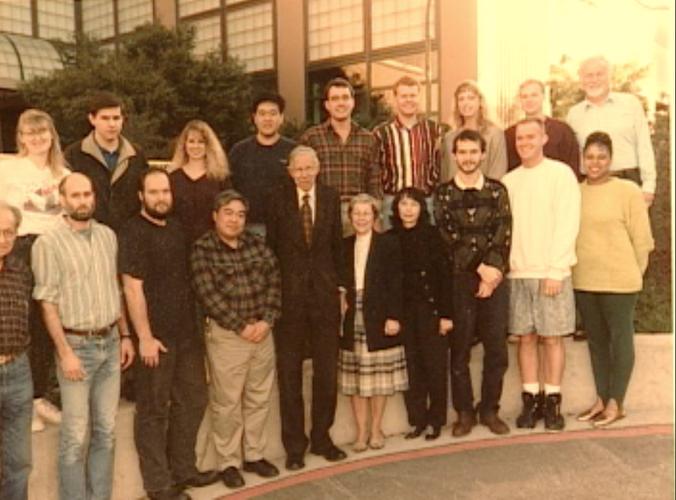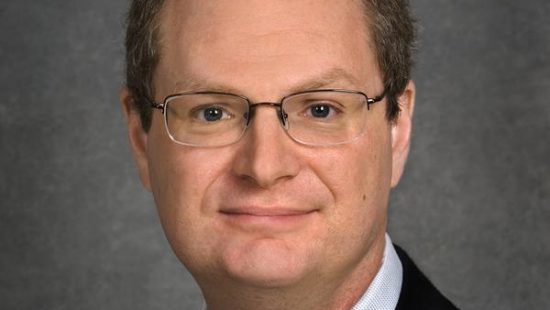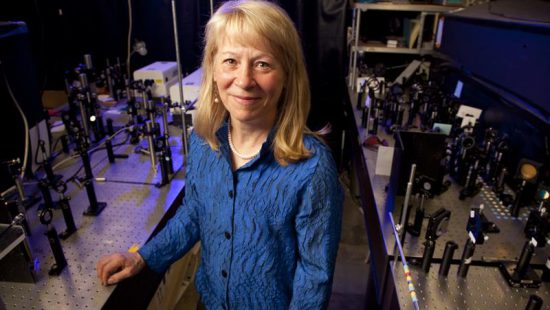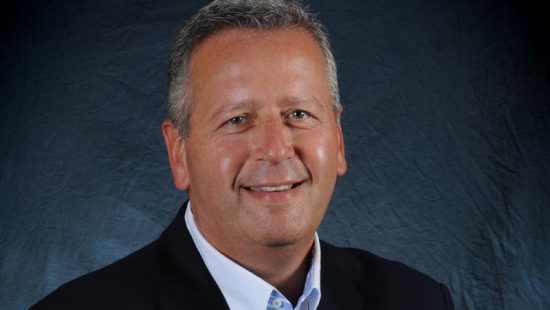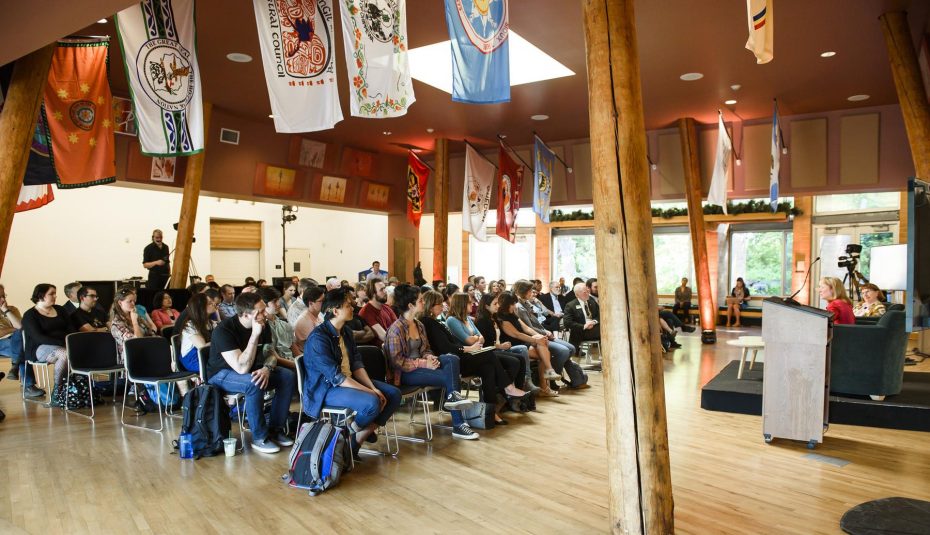Darleane Hoffman (b. 1926) didn’t always dream of becoming a nuclear chemist. She originally entered Iowa State College with a major in applied art. However, a required chemistry class and an inspirational professor influenced her to switch majors. When her applied arts professor asked if a career in chemistry was appropriate for women, Hoffman replied, “Of course, my chemistry professor is a woman.”
This question of gender would be a recurring theme throughout her career. When she solicited for a job in the 1950s with Los Alamos National Laboratory’s radiochemistry division, she was told that they didn’t hire women in that field. This didn’t discourage her and she became the first female division leader at Los Alamos, leading the isotope and nuclear chemistry division.
In the early 1970s, Hoffman made a discovery about nuclear fission, which is when an atom splits either because of radioactive decay or because it has been assailed by subatomic particles called neutrinos. Scientists knew that the nuclei of some elements split when pelted with neutrons, but Hoffman discovered atoms of fermium could split spontaneously. This would become integral towards creating methods to store nuclear waste in a cheap fashion, and away from the environment.
Hoffman is invested in safely storing nuclear waste away from the environment and has investigated nuclear test sites for dangerous leakage of radioactive material. She believes that studying how heavy elements divide through spontaneous fission and decay, will lead to forecasting and comprehending nuclear stability.
By Kristen Brida

